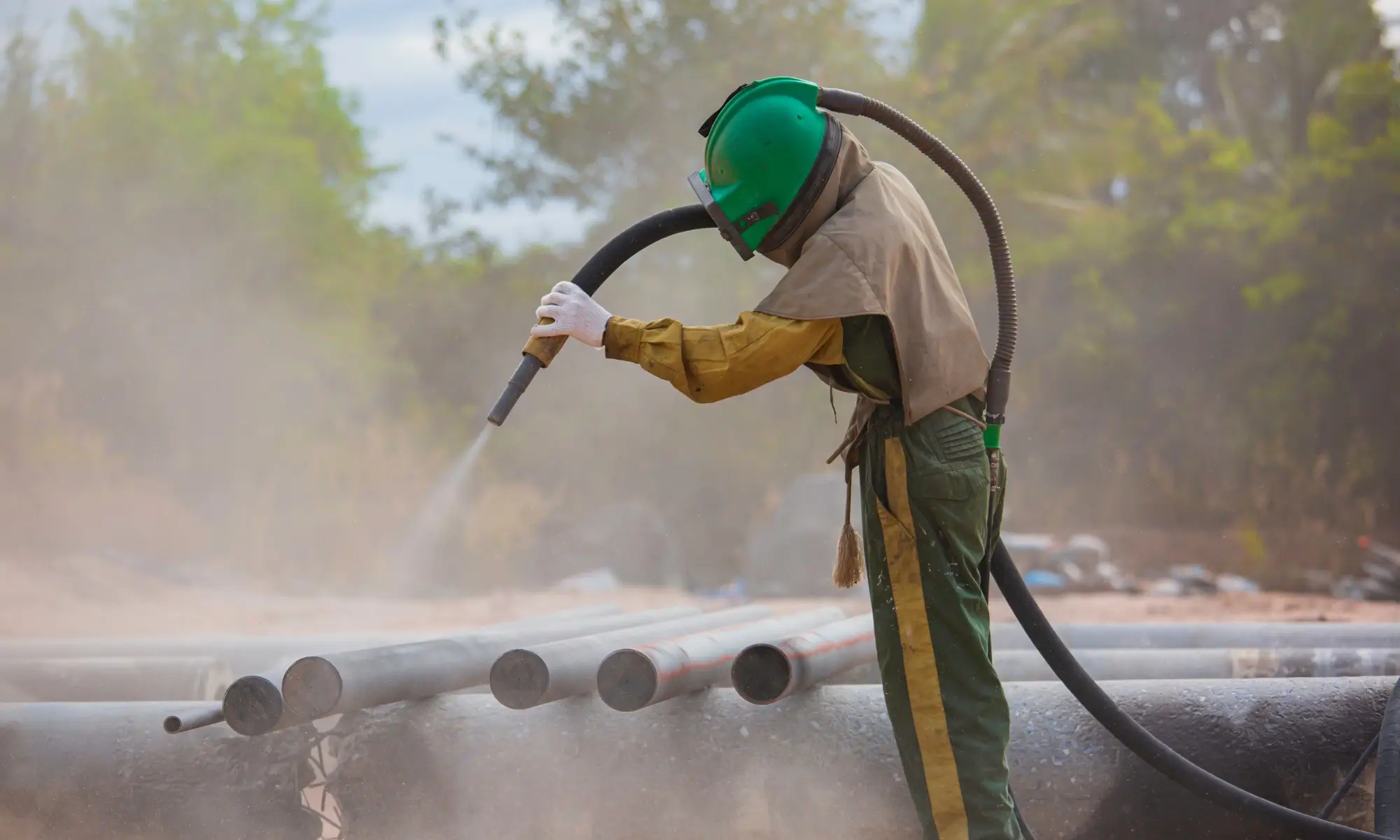Abrasive blasting, commonly known as sandblasting, is an indispensable process in various industries such as shipbuilding, automotive restoration, and metal finishing. While highly effective for cleaning and surface preparation, sandblasting poses significant health and safety risks to workers. To mitigate these hazards, the proper use of Personal Protective Equipment (PPE) is crucial.
This comprehensive guide explores the essential PPE for sandblasting, ensuring maximum safety and compliance with occupational standards.
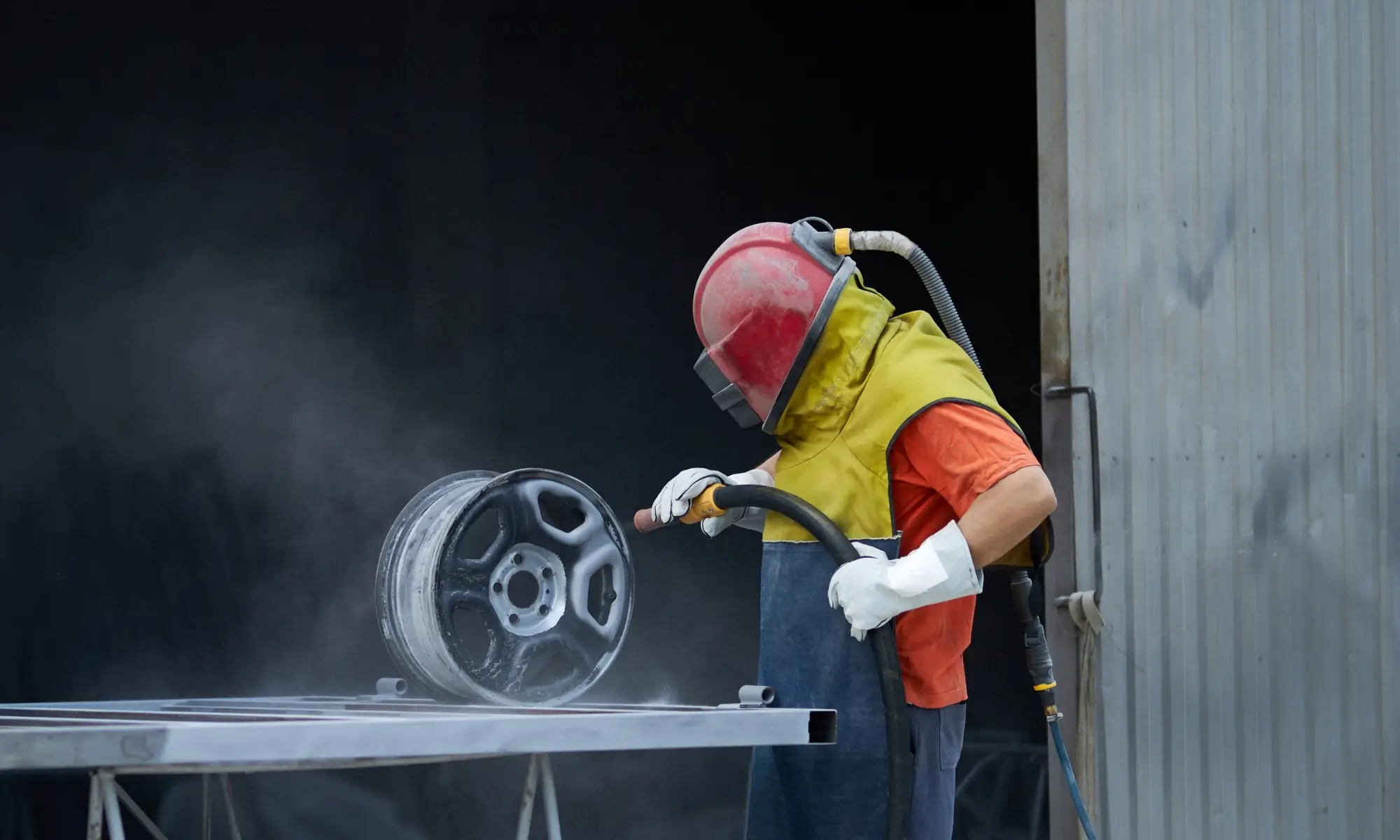
Understanding the Hazards of Sandblasting
Sandblasting involves propelling abrasive materials at high speeds to clean or modify surfaces. Despite its effectiveness, the process generates several hazards:
- Respiratory Risks: Inhalation of dust and abrasive particles can lead to severe respiratory illnesses such as silicosis, asbestosis, and chronic bronchitis.
- Eye and Face Injuries: High-velocity particles can cause eye irritation, corneal abrasions, and even permanent vision loss.
- Hearing Damage: The loud noise from blasting equipment can result in temporary or permanent hearing loss.
- Skin Irritation and Abrasions: Contact with abrasive materials can cause skin rashes, burns, and deep abrasions.
- Foot Injuries: Rebound particles can injure feet, especially when appropriate footwear is not worn.
Understanding these hazards underscores the importance of comprehensive PPE to protect workers effectively.
Essential PPE for Sandblasting
To ensure maximum safety during sandblasting operations, workers must be equipped with the following PPE:
1. Respiratory Protection
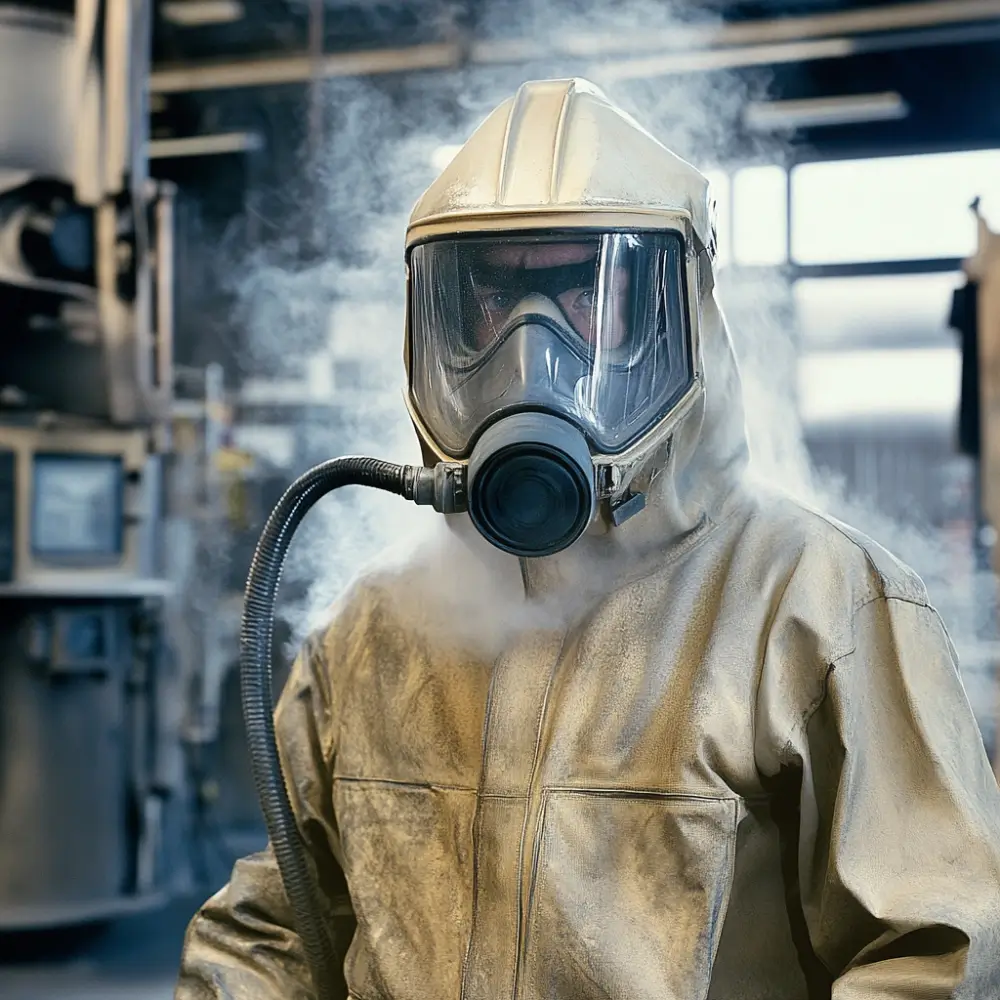
Sandblasting generates fine dust and hazardous particles that can cause debilitating respiratory conditions. Effective respiratory protection is the first line of defense.
Top Options:
- Air-Fed Blast Hoods: These hoods provide a continuous supply of clean air, preventing inhalation of dust. They fully cover the head, neck, and shoulders, and often integrate with blast suits for additional protection.
- NIOSH-Certified Respirators: For environments where air-fed hoods aren’t feasible, respirators certified by the National Institute for Occupational Safety and Health (NIOSH) offer an alternative. Ensure they are Type CE abrasive blasting respirators when working in enclosed spaces or with silica-containing media.
- Self-Contained Breathing Apparatus (SCBA): In highly contaminated areas, SCBAs provide complete respiratory protection by supplying air from a separate source.
Best Practices:
- Fit Testing: Regularly conduct fit tests to ensure respirators provide an effective seal.
- Training: Educate workers on the proper use, maintenance, and limitations of respiratory equipment.
2. Eye and Face Protection
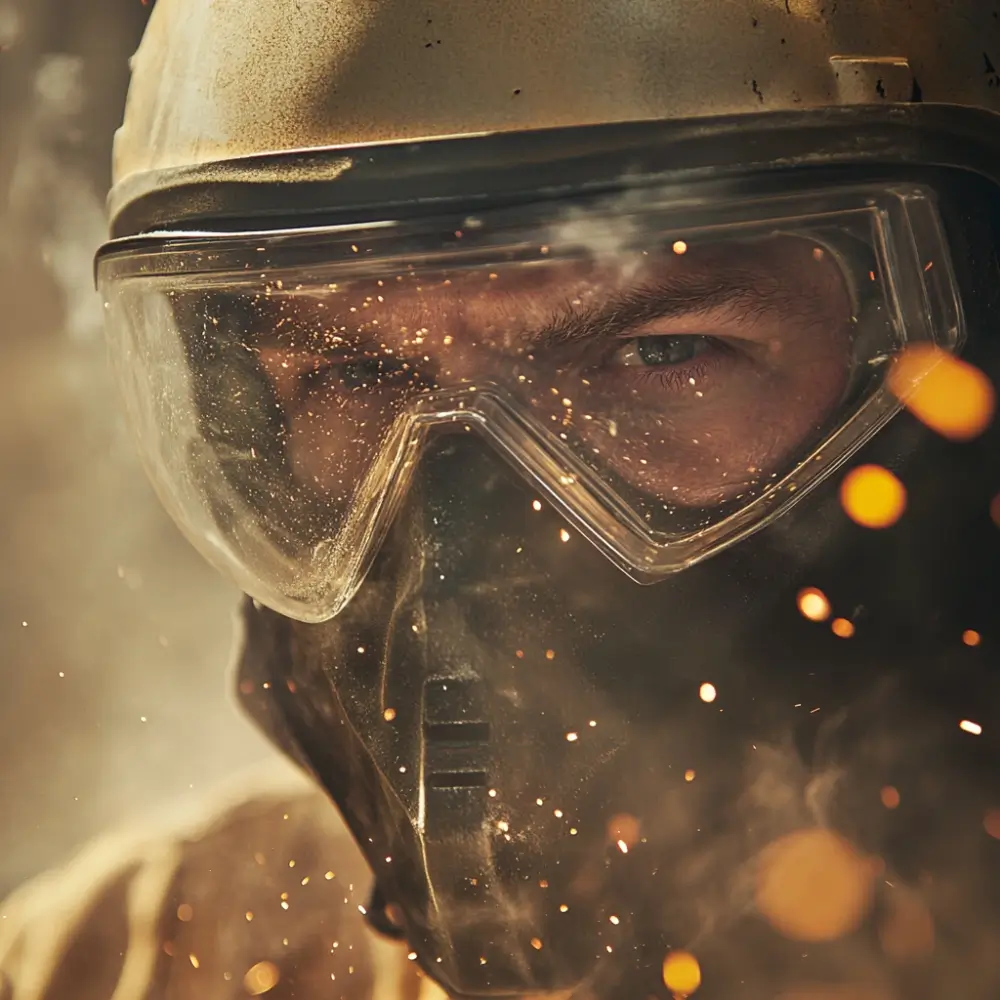
High-velocity abrasive particles pose a significant risk to the eyes and face, potentially causing severe injuries.
Top Options:
- Full-Face Shields: Offer comprehensive protection by covering the entire face, preventing particles from making contact with the skin and eyes.
- Safety Goggles: Provide a secure fit around the eyes, though they may not protect the entire face.
- Blast Helmets: Integrated with respirators, these helmets offer both respiratory and facial protection, often with anti-fog features for clear visibility.
Best Practices:
- Regular Inspection: Check for cracks, scratches, and proper sealing to ensure maximum protection.
- Anti-Fog Treatments: Apply anti-fog solutions to maintain clear vision during prolonged use.
3. Hearing Protection
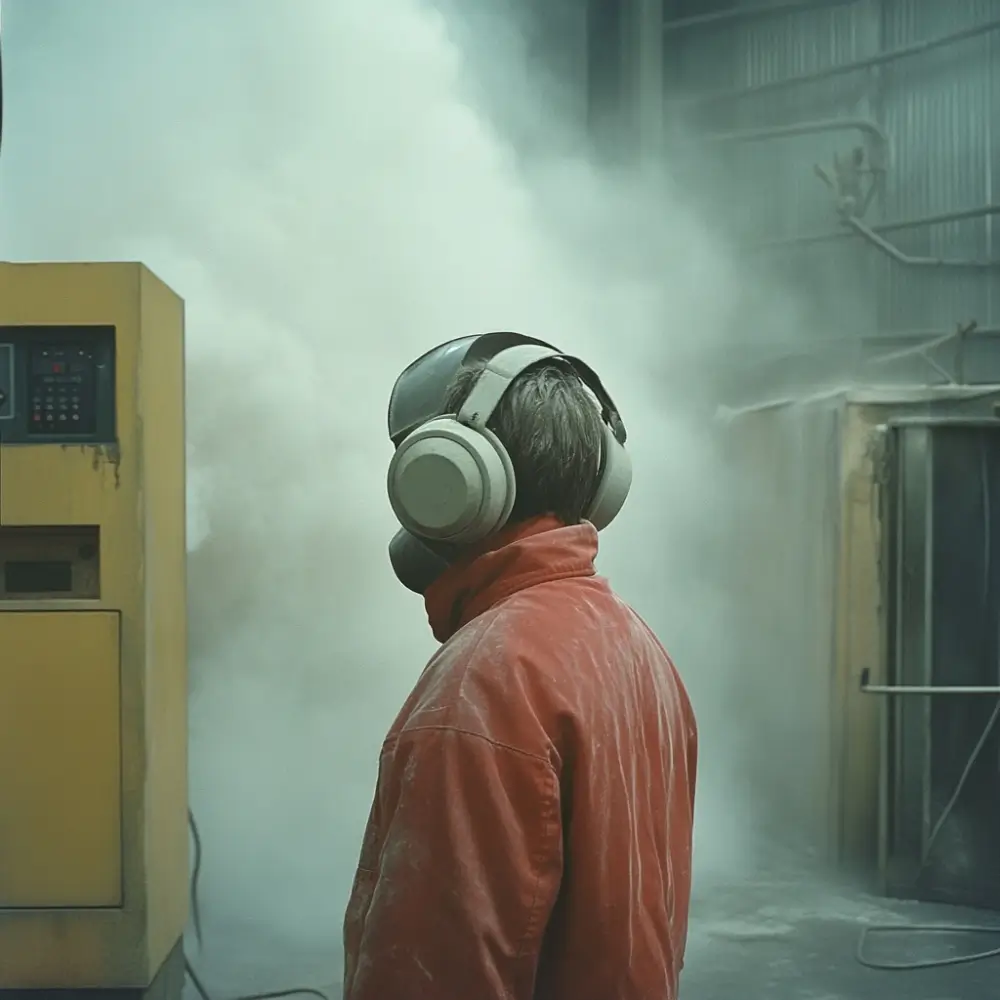
The loud noise generated by sandblasting equipment can lead to hearing impairment over time.
Top Options:
- Earmuffs: Over-the-ear protection that can be used alone or in combination with earplugs for enhanced noise reduction.
- Earplugs: Inserted into the ear canal, they offer customizable levels of noise attenuation.
- Noise-Cancelling Headsets: Provide active noise reduction, ideal for extremely loud environments.
Best Practices:
- Combination Protection: Use earmuffs with earplugs for environments exceeding safe noise levels.
- Regular Replacement: Replace hearing protection devices as recommended to maintain effectiveness.
4. Body Protection
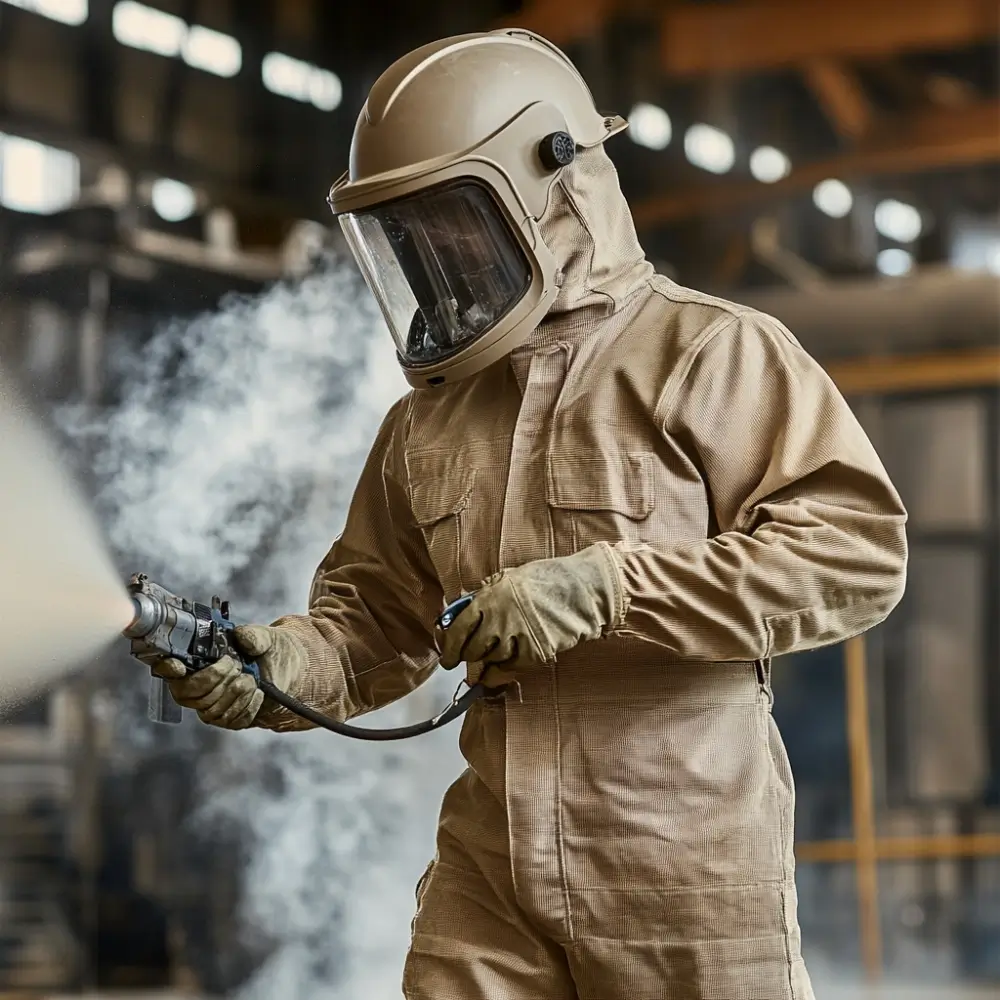
Protects against skin irritation, abrasions, and thermal burns from high-velocity particles and heated surfaces.
Top Options:
- Blast Suits: Made from durable materials like Kevlar, these suits cover the entire body, providing resistance against abrasion and heat.
- Coveralls: Lightweight options for less hazardous environments, offering basic protection.
- Aprons: Additional protection for the torso and arms, especially when handling materials that can cause splashes or sparks.
Best Practices:
- Layering: Combine different layers of protection to enhance durability and resistance.
- Ventilation: Ensure suits are breathable to prevent overheating during extended use.
5. Hand Protection
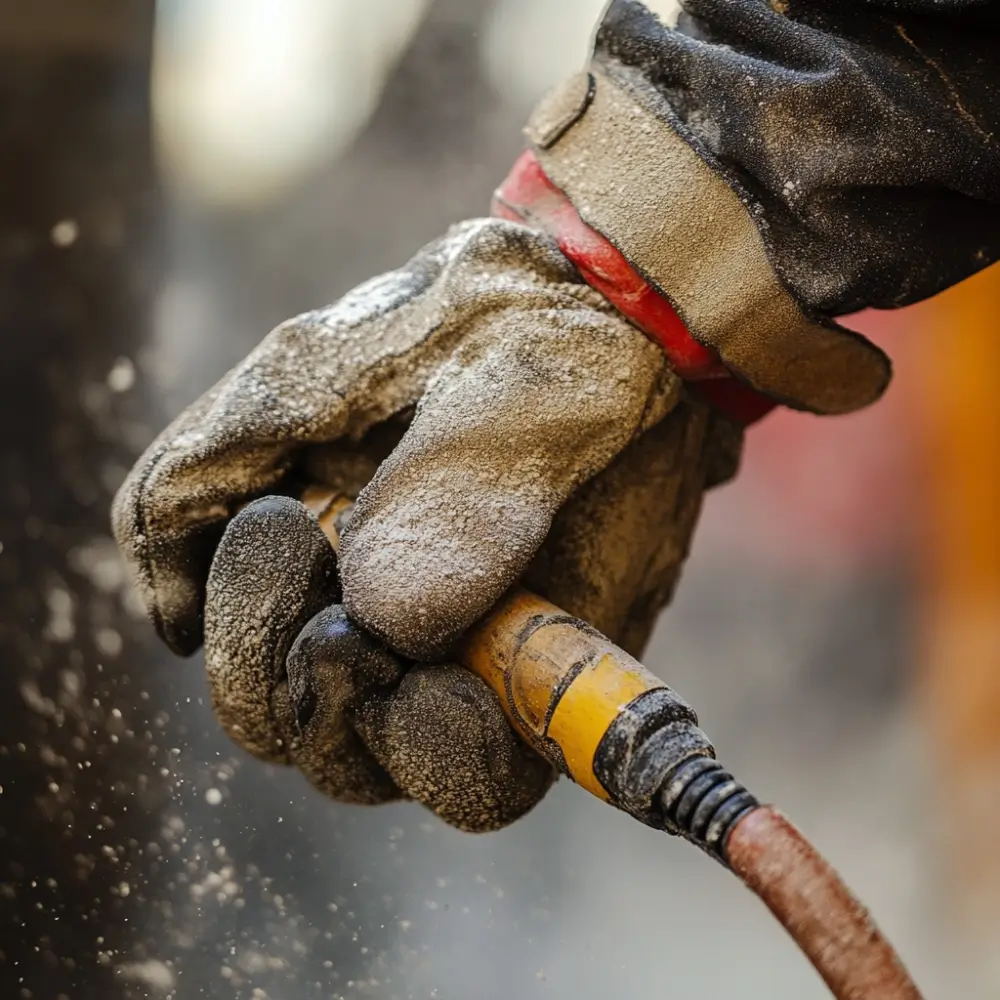
Hands are highly susceptible to injury from abrasive materials and sharp particles.
Top Options:
- Leather Gloves: Offer excellent abrasion resistance and durability, ideal for heavy-duty sandblasting tasks.
- Nylon-Fronted Gloves: Provide extended cut resistance with added flexibility for tasks requiring dexterity.
- Chemical-Resistant Gloves: Essential when working with hazardous materials to prevent chemical burns and irritation.
Best Practices:
- Proper Fit: Ensure gloves fit snugly to maintain dexterity while providing protection.
- Regular Inspection: Check for signs of wear and tear, replacing gloves as needed to maintain integrity.
6. Foot Protection
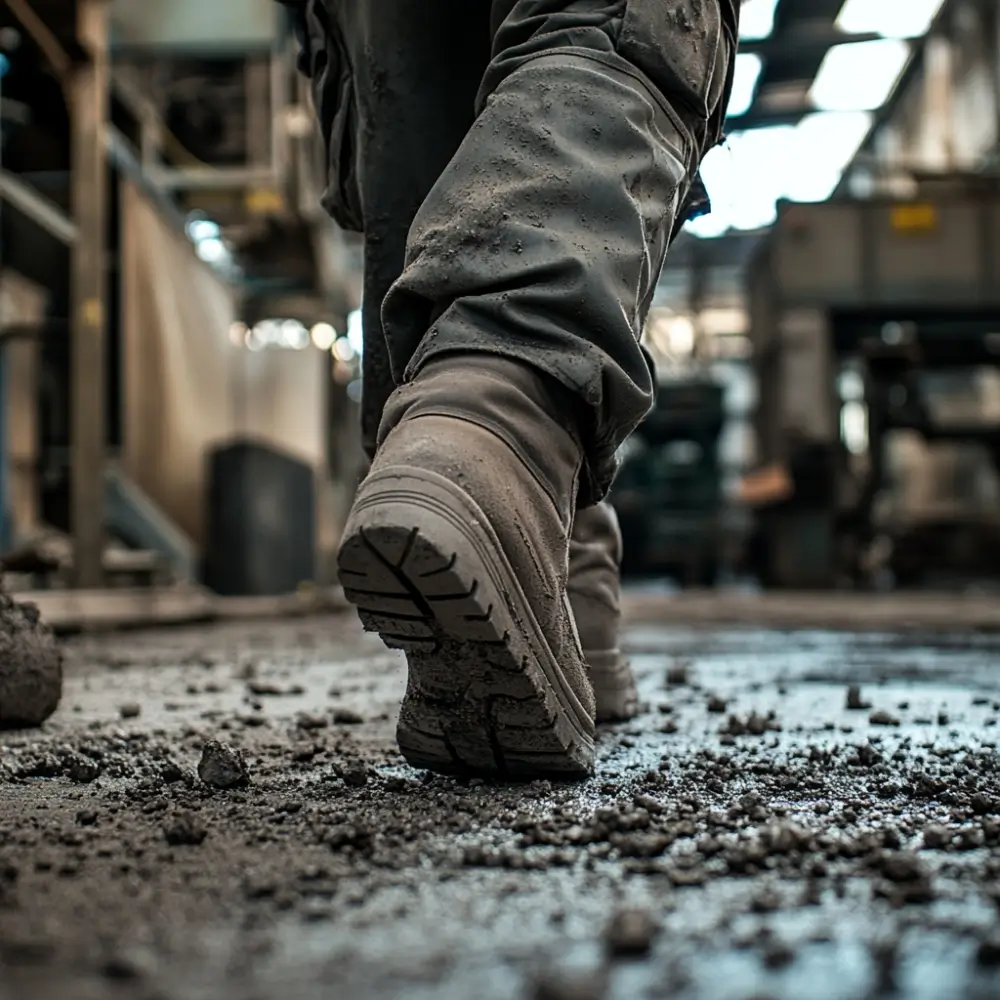
Protects against heavy particles, slips, and falls in hazardous environments.
Top Options:
- Steel-Toe Boots: Provide robust protection against heavy objects and sharp particles.
- Metatarsal Guards: Additional protection for the upper foot, especially in high-impact environments.
- Waterproof Boots: Essential for wet blasting operations to keep feet dry and prevent slip hazards.
Best Practices:
- Proper Sealing: Ensure boots are properly sealed with the suit to prevent particles from entering.
- Non-Slip Soles: Choose boots with non-slip soles to enhance stability on various surfaces.
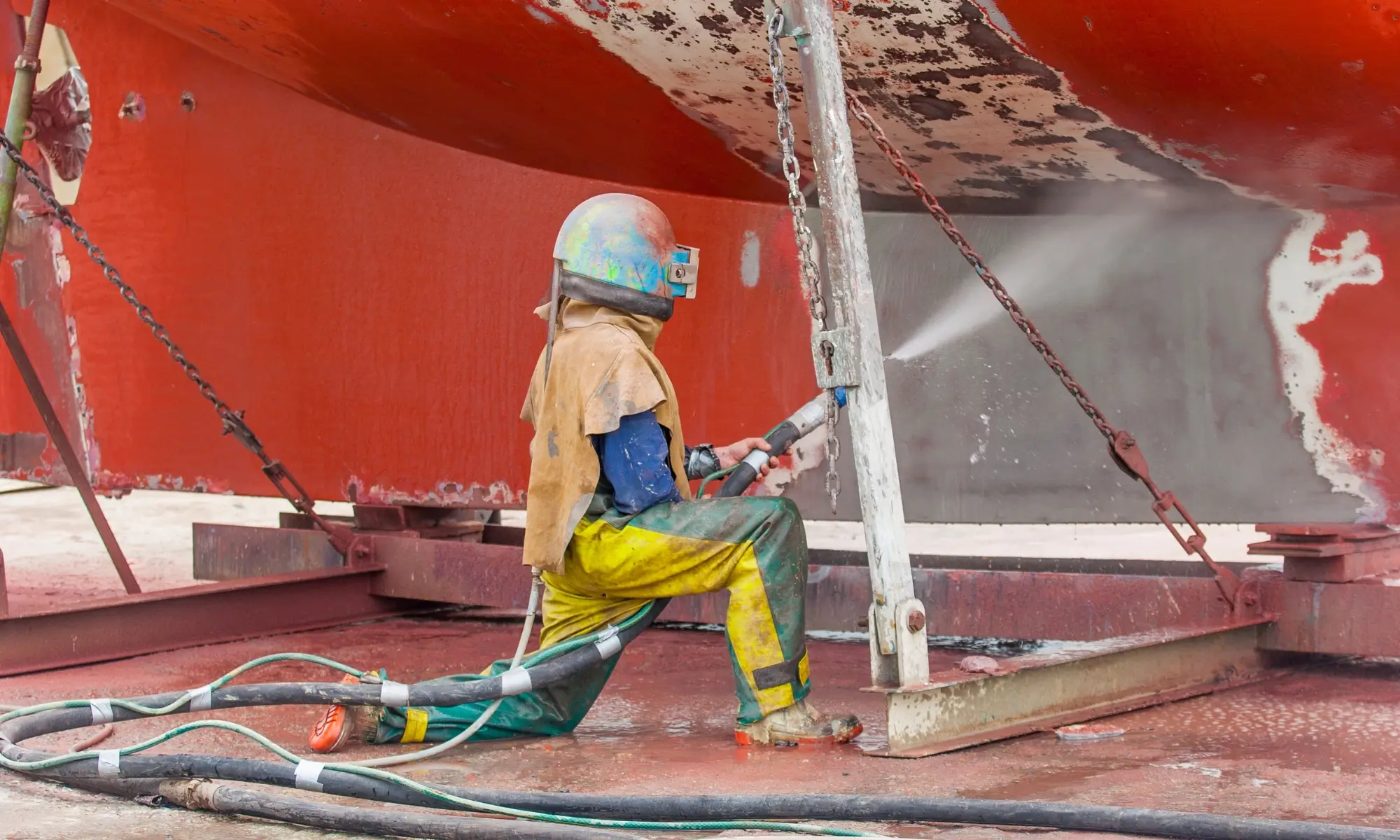
Implementing an Effective PPE Program
An effective PPE program encompasses more than just providing the right equipment. It involves:
- Risk Assessment: Identify potential hazards in the sandblasting environment to determine necessary PPE.
- Training and Education: Ensure workers understand the importance of PPE, how to use it correctly, and the consequences of non-compliance.
- Maintenance and Replacement: Regularly inspect PPE for damage and replace worn or defective items promptly.
- Compliance with Regulations: Adhere to OSHA standards and other relevant regulations to ensure legal compliance and worker safety.
Best Practices for PPE Maintenance and Usage
Maintaining PPE is crucial for its effectiveness. Follow these best practices:
- Regular Cleaning: Remove contaminants and debris from PPE after each use to prevent degradation and maintain hygiene.
- Proper Storage: Store PPE in designated areas away from contaminants to preserve its integrity.
- Scheduled Inspections: Conduct routine inspections to identify and address wear and tear or damage.
- User Feedback: Encourage workers to report any issues with PPE to facilitate timely repairs or replacements.
Conclusion
Sandblasting is a powerful and versatile industrial process, but it comes with significant health and safety risks. Proper use of Personal Protective Equipment (PPE) is essential to safeguard workers from respiratory issues, eye and face injuries, hearing loss, skin abrasions, and foot injuries. By implementing a comprehensive PPE program that includes the right protective gear, regular training, and diligent maintenance, employers can ensure a safe and productive work environment.
Investing in high-quality PPE not only protects workers but also enhances operational efficiency and compliance with safety regulations. Prioritize safety by equipping your team with the essential gear needed for maximum protection during sandblasting operations.

